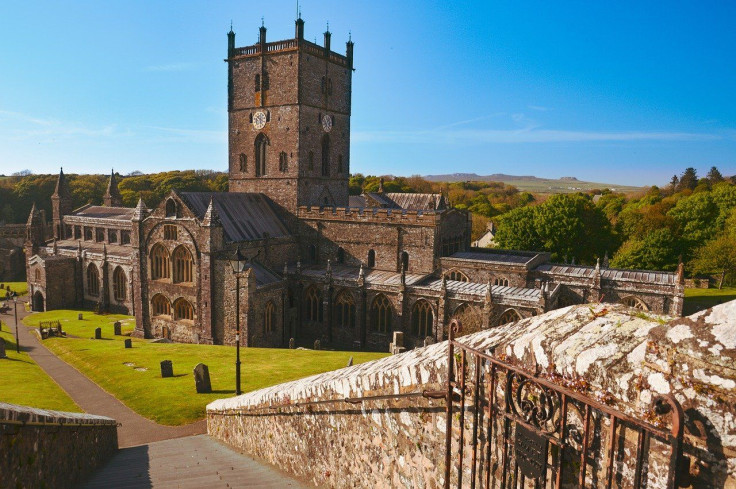St. David's Day 2021: Interesting Facts About The Celebration And The Patron Saint
KEY POINTS
- St. David's Day is an important celebration in Wales
- People traditionally add leeks or daffodils to their attire to mark the occasion
- It is believed that St. David performed many miracles during his lifetime
March 1 marks St. David's Day, which is observed annually to honor the patron saint of Wales.
St. David's Day celebrations in Wales date as far back as 1220. Although not much is known about the saint, he is said to be the greatest figure in the 6th century Welsh Age of Saints, National Today said.
The occasion is said to be very popular in Wales, with celebrations including concerts and parades. The flag of St. David is also raised, while children wear traditional attire and participate in dances, the BBC noted.
Some castles and heritage sites also let people visit for free to celebrate the event.
This year, get to know more about St. David and the celebration with some interesting facts, courtesy National Today, the BBC, National Museum Wales and The British Leek Grower's Association:
St. David's miracles
It is believed that St. David performed several miracles. One of the well-known miracles linked to St. David was that he made the ground under his feet rise higher when other people couldn't see him during his sermon at Llanddewi Brefi.
It is also believed that he restored the sight of a blind man and brought a dead child back to life.
People wear daffodils or leeks
Apart from wearing traditional clothes, people also add something rather special to their attire on St. David's Day: a daffodil, a leek or both. Daffodils and leeks are Wales' national emblems. Leeks have also been associated with the day because St. David is said to have survived only on leeks and water when he was fasting.
Sleeping on leeks
Leeks aren't just an added decoration as there is also another rather mystical use for it. According to the British Leek Grower's Association, there is a belief that women who sleep with a leek under their pillow on St. David's Day will see their future husband in their dream.
Extremely simple
St. David and his fellow monks didn't eat meat or use animals in their fields. According to National Today, they only prayed, ate and wrote, and didn't even use animals while plowing the field.
They also avoided having personal possessions and would not use the term "my" even when referring to small and simple things.
Original monastery
The St. David's Cathedral actually sits on top of St. David's original monastery. In it lies a stone that he had brought back from his journey to Jerusalem.
It was in his journey to Jerusalem that he was made an archbishop, National Museum Wales noted.
Not a lot is known about St. David
Given his fame and the stories about him, one might think that a lot is known about St. David. But most of the information we now have about him were actually written by the scholar Rhygyfarch, National Today said. Even his year of birth is unclear. According to the BBC, it could be sometime between 462 and 515 A.D.
It is believed that he lived for over 100 years and died on March 1, 589.

© Copyright IBTimes 2025. All rights reserved.





















